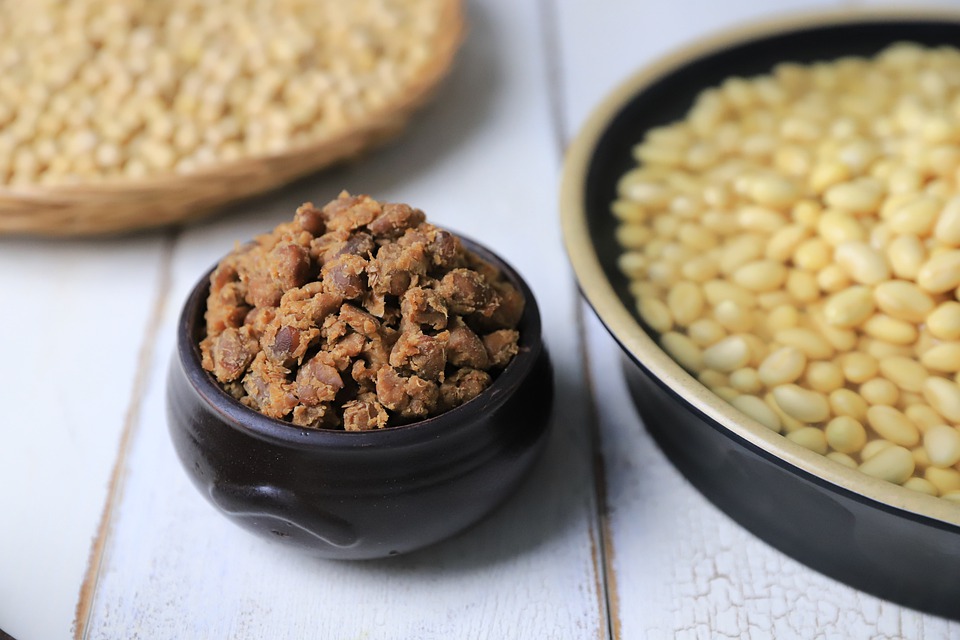[ad_1]
Miso is a traditional Japanese seasoning made from fermented soybeans, salt, and koji (a type of fungus). It has been a staple in Japanese cuisine for centuries and is known for its rich umami flavor. Miso is used in a variety of dishes, including soups, marinades, and sauces, and is a key ingredient in many traditional Japanese recipes.
History of Miso
The history of miso can be traced back over 1,000 years to ancient Japan. It is believed that miso was first brought to Japan from China during the 7th century, along with Buddhism and other cultural influences. The technique of making miso was then refined and developed in Japan, and it became an integral part of Japanese cuisine.
During the Edo period (1603-1868), miso production became more widespread, and different regions of Japan developed their own unique styles and flavors of miso. Today, there are hundreds of different types of miso, each with its own distinct taste and color, depending on the ingredients and fermentation process used.
Tradition of Miso in Japanese Cuisine
Miso is used in a variety of Japanese dishes, most notably in miso soup, a classic Japanese comfort food. Miso soup is made by mixing miso paste with dashi (a traditional Japanese stock made from seaweed and bonito flakes) and adding ingredients such as tofu, seaweed, and green onions. It is often served as part of a traditional Japanese breakfast and is enjoyed throughout the day as a light and healthy snack.
Aside from miso soup, miso is also used as a marinade for meats and fish, as a seasoning for vegetables, and as a base for sauces and dressings. It adds a depth of flavor and richness to dishes and is a key component of the balanced and harmonious flavors of Japanese cuisine.
Conclusion
Miso has a long and rich history in Japanese cuisine, dating back over a thousand years. It is a versatile and flavorful ingredient that is used in a wide variety of dishes, from soups to marinades to sauces. As the popularity of Japanese cuisine continues to grow worldwide, miso has become more widely available and is now valued not only for its taste but also for its health benefits. Understanding the history and tradition of miso adds an appreciation for the depth and complexity of Japanese culinary traditions.
FAQs
What are the health benefits of miso?
Miso is rich in essential nutrients and is a good source of protein, vitamins, and minerals. It also contains beneficial probiotics that support a healthy gut microbiome.
How do you store miso?
Miso should be kept in a cool, dark place, such as the refrigerator. It can also be stored in an airtight container to prevent it from drying out.
What are the different types of miso?
There are several different types of miso, including white (shiro), red (aka), and mixed (awase) miso. Each type has its own unique flavor profile and is used in different dishes.
[ad_2]




Comments